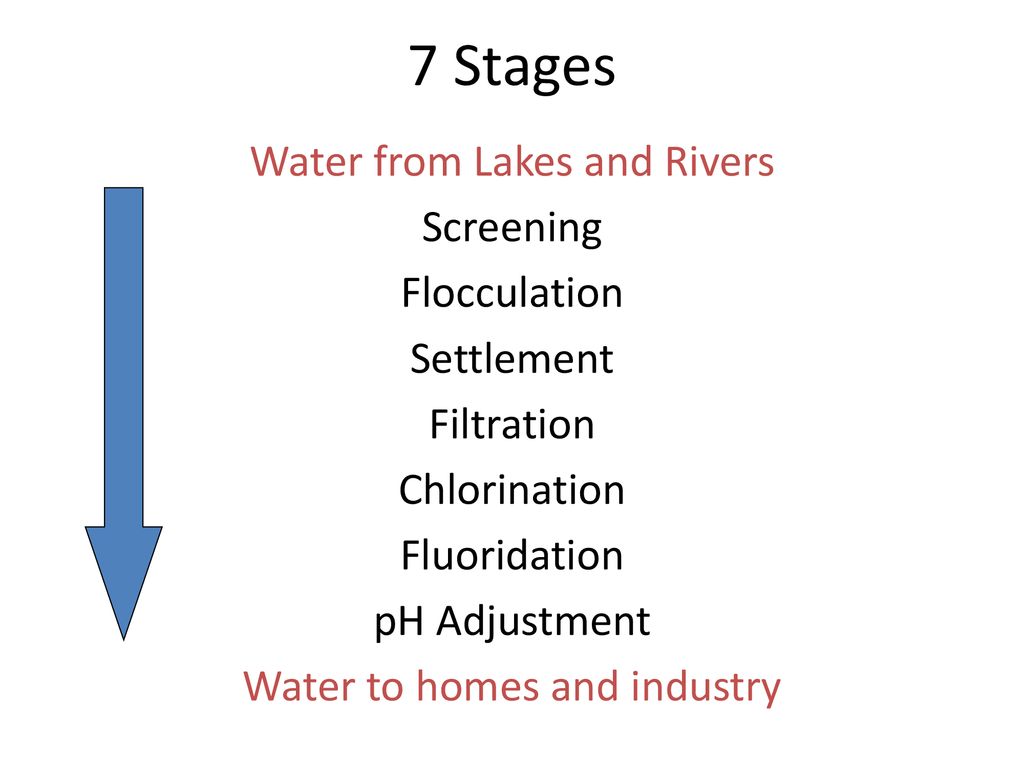What Does Residential Water Treatment System Mean?
Table of ContentsThe Buzz on Residential Water Treatment SystemThe smart Trick of Residential Water Treatment System That Nobody is DiscussingSome Of Residential Water Treatment SystemGetting The Residential Water Treatment System To Work
5)5. 1 The demand for massive water treatment, Water therapy is the procedure of getting rid of all those compounds, whether organic, chemical or physical, that are possibly damaging in water supply for human and residential usage. This treatment helps to produce water that is safe, tasty, clear, colourless as well as odourless. Water likewise needs to be non-corrosive, implying it will certainly not trigger damage to pipework.This produces a need for large quantities of secure water to be supplied dependably and also constantly, and also this demand is growing. As city populations increase, there is a requirement to locate brand-new sources to fulfill the expanding demand. If groundwater is offered this can frequently be utilized with marginal therapy however any type of surface area water resource will certainly need to be treated to make it risk-free.
6 explains just how this estimation is made but first you will consider the major stages in the water treatment process. 5. 2 Stages in massive water therapy, There are typically 7 actions (Number 5. 2) in large-scale water treatment for urban local supply of water (Abayneh, 2004). Each of the actions will be explained consequently in this area.

All About Residential Water Treatment System
Right here the water is delicately stirred by paddles in a flocculation container (Figure 5. 5) as well as the flocs enter into contact with each other to create bigger flocs. The flocculation container frequently has a number of compartments with lowering blending speeds as the water developments with the container (Figure 5.
5 Filtering, Filtering is the procedure where solids are divided from a fluid. In water therapy, the solids that are not divided out in the sedimentation storage tank are eliminated by passing the water with beds of sand and also gravel.
7), with a circulation price of 48 cubic metres per square metre of filter surface area per hr (this is created as 48 m3 m2 h1) are usually utilized. When the filters teem with trapped solids, they are backwashed. In this process, clean water and also air are pumped in reverse up the filter to displace the trapped pollutants, as well as the water bring the dirt (referred to as backwash) is pumped right into the sewerage system, if there is one.
5.2. 6 Chlorination, After sedimentation, the water is decontaminated to official statement remove any kind of continuing to be pathogenic micro-organisms. One of the most generally utilized anti-bacterial (the chemical made use of for sanitation) is chlorine, in the type of a liquid (such as sodium hypochlorite, Na, OCl) or a gas. It is relatively affordable, and straightforward to use.
Residential Water Treatment System Can Be Fun For Anyone
The amount of chlorine left hereafter is called residual chlorine. This remains in the water right via the distribution system, shielding it from any kind of micro-organisms that might enter it, until the water gets to the consumers. Globe Health Company Standards (WHO, 2003) recommend an optimum recurring chlorine of 5 mg l1 of water.

7 Supplementary treatment, Supplemental therapy might often be required for the advantage of the population. One such circumstances is the fluoridation of water, where fluoride is added to water. It has actually been stated by the World Health Company that 'fluoridation of water supplies, where possible, is one of the most effective public health measure for the prevention of dental decay' (THAT, 2001).

Not known Incorrect Statements About Residential Water Treatment System
5 mg l1. What does excess fluoride in the water lead to? As pointed out in Research Session 2, in youngsters it can cause stippling of teeth as well as long term direct exposure can cause skeletal fluorosis as well as crippling. In such high-fluoride locations, elimination or reduction of fluoride (labelled defluoridation) is vital. The easiest means of doing this is to mix the high-fluoride water with water that has no (or really little) fluoride so that the last mixture is safe - residential water treatment system.
Both chemicals are included in and rapidly mixed with the fluoride-contaminated water and after that the water is mixed gently. Flocs of aluminium hydroxide form and these eliminate the fluoride by adsorption and also ion exchange. The flocs are after that gotten rid of by sedimentation. 5.3 Monitoring of wastes from water treatment plants, From the water treatment process that you have just studied, make a list of my blog the different wastes that arise.
In the latter it is contributed to the inbound sewer, where it can assist settlement of solids. The backwash from the sand filter is discharged right into the drain or returned to the river after settlement of solids. Packaging waste such as chemical drums can be returned to the supplier for reuse.
5.4 Sustainability and also resilience in water treatment, In Research Session 4 you review some elements Source that can affect the sustainability of a water source. For instance, minimizing soil disintegration by planting trees and also retaining vegetation can lower the amount of silt that gathers in a tank and also extend its life.